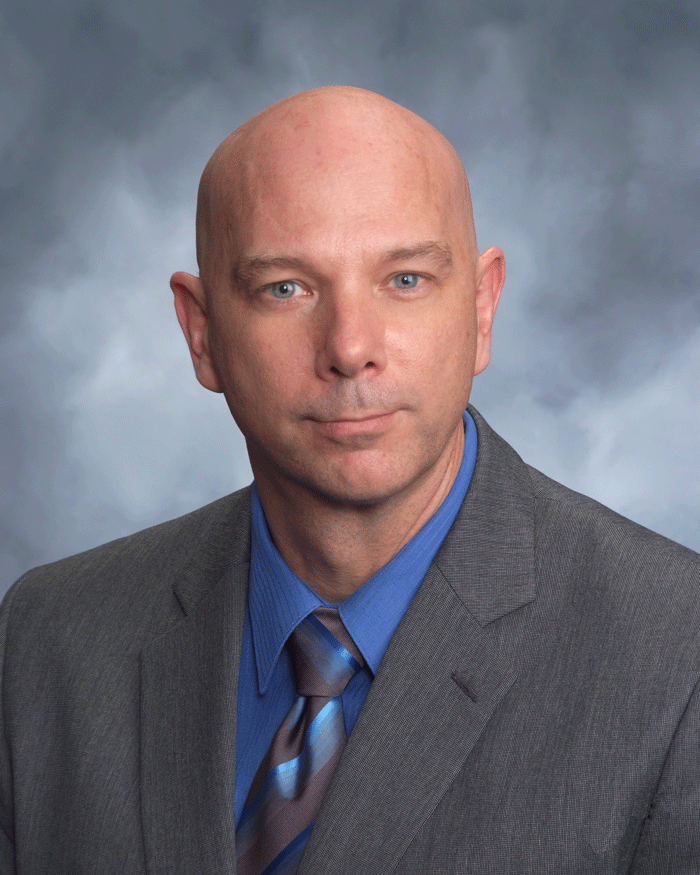
In “Muddy Bottom Blues,” the modern Delta Blues artist Tab Benoit describes what it’s like to get stuck in a shallow, muddy swamp, when it’s “too soft to walk, too hard to swim.” To make it worse, swamps are full of alligators waiting for night fall, when the moonlight glints faintly in their reptilian cornea. You got the muddy bottom blues: “That gator eye on me . . . that gator eye on me . . .”
Schools that decided to stay open this year certainly experienced a long, hard year with gators always close by. Fear and uncertainty. Conflicting science and dueling experts. Pro-maskers and anti-maskers. Changing guidelines. Kaleidoscope maps. A face full of swamp gas in every email and social media post. A constant battle between drowning or being trapped. CDC and NIH and OSDE and OSDH and OMG!
Every public-school staff member and board member who committed to in-person learning slogged through this daily all year. But it was no easier for parents or students, either. Would we close at Labor Day or Fall Break or Christmas Break or be ready for the surge after Spring Break? On top of this, they had the quarantines.
Through all this, schools that stayed open felt like the exception, alone in a swamp at nightfall. Whichever news source you choose for daily affirmation, the topic of crisis schooling with kids isolated behind screens served both sides of the narrative well. Honestly, it seemed like the system incentivized schools to close and penalized schools who fought to stay open. Barely any attention was given to districts who made the other hard choice. Despite the inconvenient fact that most schools in Oklahoma were open all year or only closed temporarily, we all felt “stuck on muddy ground . . . that gator eye on me.”
Nevertheless, districts that stubbornly refused to close did not do so out of ignorance or for political reasons. On the contrary, by July of last year, the “science” was pretty clear regarding the low risks of transmission in schools as evidenced in studies of schools in Switzerland, China, New South Wales, France, and Germany. Similar studies also determined that the risk of outdoor transmission was almost nil. Despite the swamp gas, in schools that remained open, educators, parents, and our school board slogged through these issues on a local level, focused on our kids’ and communities’ needs. Our kids needed school; parents needed to work; businesses needed to open. We cussed and discussed, as Okies do, and we figured this out. Local hospitals, departments of health, and emergency management all helped. None of us ever agreed completely on any particular detail except one: school must be open. Everyone pulled together, and somehow, by the grace of God, we all emerged from the swamp. Seniors graduated! You made it, so congratulations!
And what about those muddy bottom blues? Washed away by tears of joy. Those gator eyes? Handbags and boots. The swamp gas of Facebook and cable television remains, however, so don’t light a match just yet! As hard as it was, I have heard from many in districts who went virtual, and they seem to have been miserable. As tough as this was, it was worth it for communities who kept school open. We got muddy, but we definitely made the right choice. We made the decisions locally, and we made them together. We should all rejoice to be Oklahomans, where schools and our economy could reopen.
As your local educators, however, we are most honored and blessed, for you trusted us with your children, and you crawled through this swamp, too, despite all the gators. We all put on a brave face, for courage is not the absence of fear but rather moving ahead despite the fear. Thank you for courageously making this school year possible, and for our own local versions of “The Muddy Bottom Blues” all over this Great State. Enjoy a well-deserved summer!
Tom Deighan is a public educator and currently serves as Superintendent of Duncan Public Schools. He may be reached at deighantom@gmail.com